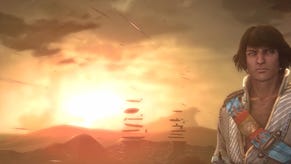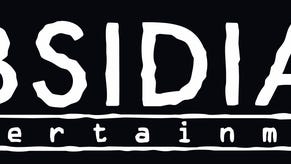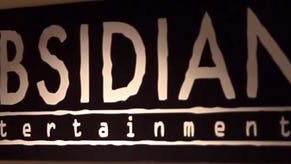Dungeon Siege III: More stable than New Vegas
Rich Taylor talks stability, loot and multiple platforms.
Fresh from the launch of the Bethesda-published Fallout: New Vegas, which won rave reviews while suffering from console-crashing bugs, developer Obsidian is now preparing to launch the Square Enix-published Dungeon Siege III, an attempt to take the action-RPG series onto consoles while preserving its PC gaming roots. No rest for the wicked.
But there's more to this game than the mindless slaying of monsters. Dungeon Siege III is a fusion of carnage and story the developer is famous for, and it's also an opportunity for Obsidian to show what it can do when it creates a game with its own engine. Here, in an interview to coincide with the launch of a release date announcement trailer (below), project director Rich Taylor tells Eurogamer how Dungeon Siege III really shouldn't be compared to Diablo III, and tells Fallout fans that, this time, there won't be any crashes.
Yeah. It's funny because we've actually talked about that on and off over time. Is it really Dungeon Siege III, or is it a re-imagining or a reboot of the Dungeon Siege experience? Square Enix decided they wanted to go with Dungeon Siege III as the title so that's what we've stuck with, and we're fine with that.
But you raise a good question. With venturing onto two new platforms with both the PS3 and the 360, another direction could have made sense for the title as well.
On our previous titles we've always worked with other people's engines, and while they've been great engines and we've enjoyed those projects and they did the job for what we needed, there's always that challenge of working on something other people wrote and not being fully aware of what can it do, what can it not do, what are things to avoid, and what are ways to take best advantage of it?
And then there's also the question of, are these other engines ideally suited to making the type of games we make? RPGs have a lot of data behind the scenes, a lot of tables and charts, and not all engines necessarily handle that as elegantly as we'd like for making our RPGs.
So we decided as a company we wanted to develop our own technology that was focused on the type of games we made. So it's good at managing the data and putting a lot of creatures on the screen. It has a lot of tools for designers to rapidly develop the class features.
For example, the abilities the classes have in the game are largely implemented by the designers without a lot of code oversight because they're able to manipulate data, attach visual effects to animations and link animations together. The end result is the designer can sit down with an idea for an ability and see it to fruition.
Another thing that is important to the games we make is the conversation editor, which lends itself to Obsidian-style conversations with branching dialogues and the choices. So by setting out to make our own engine we were able to make one that catered to all the things we prioritise when we make games. Having On as an internal project has been great in that regard.









